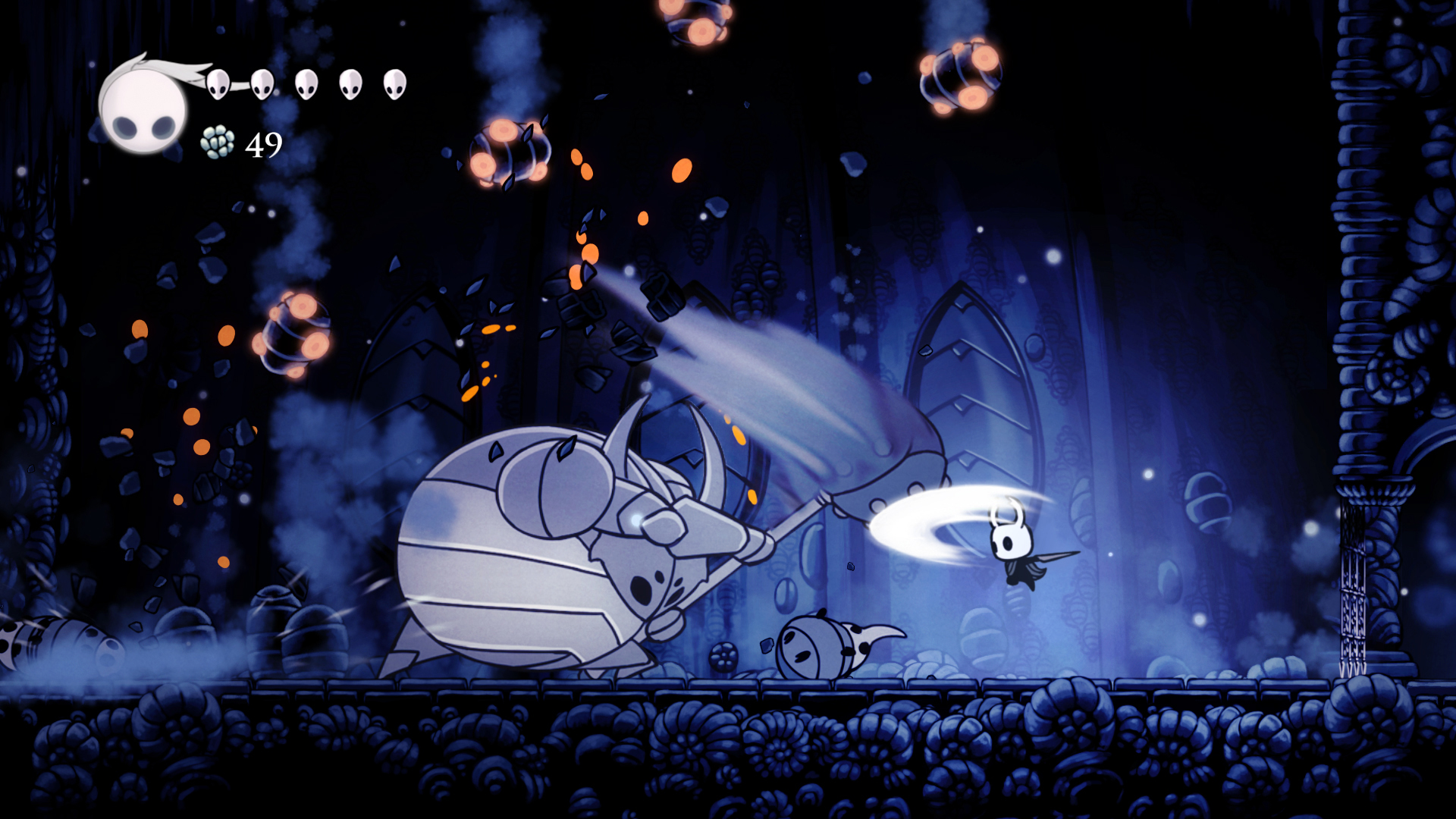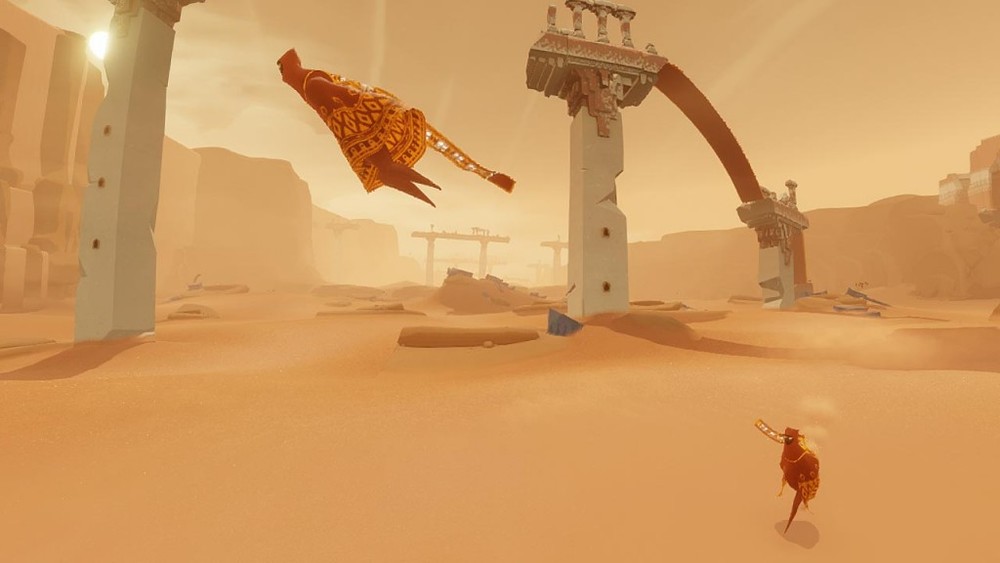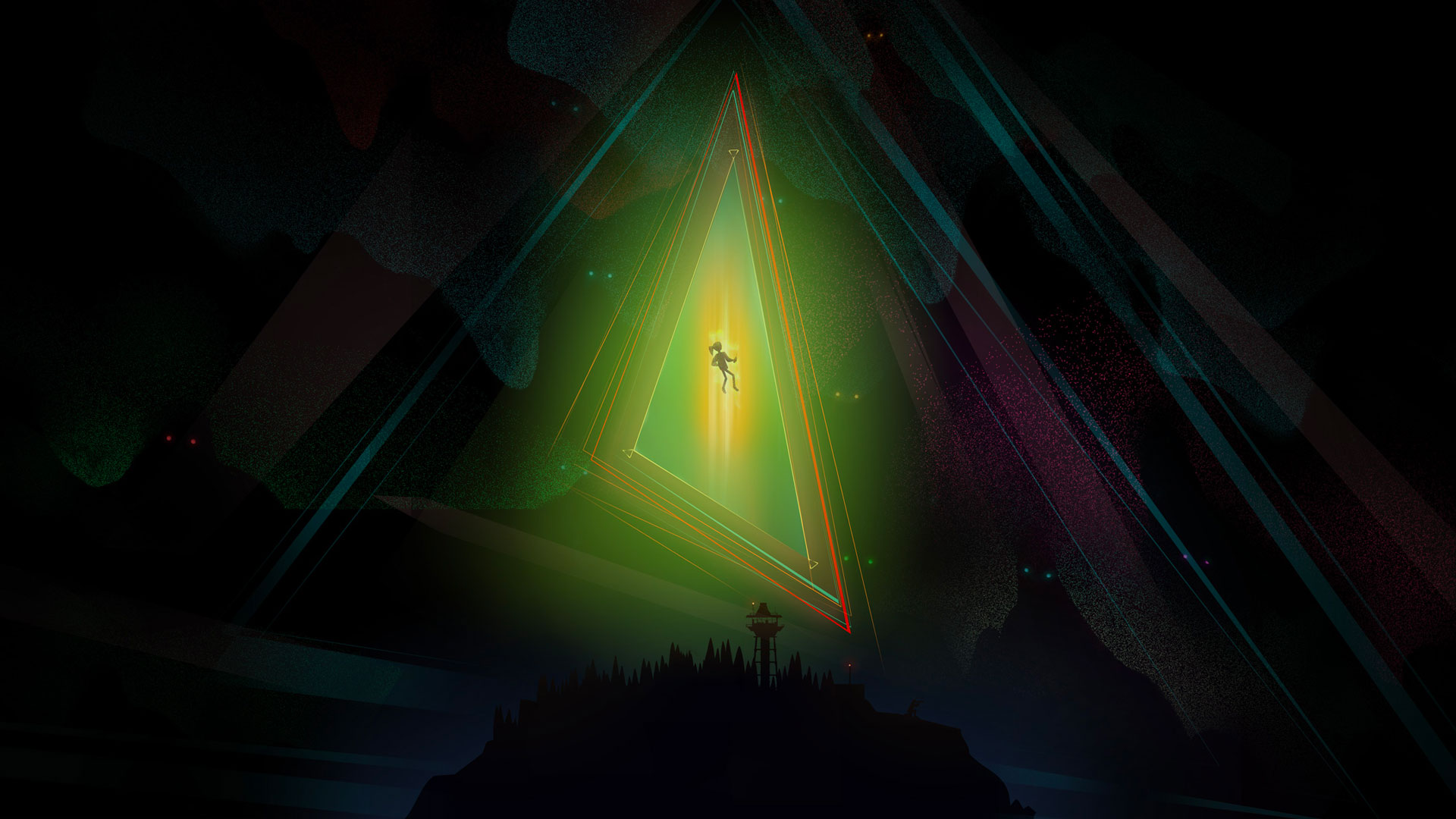Indie Games as a Catalyst for Innovation
2023-09-27 by Callum Andrews
Unleashing Unconventional Creativity
The world of video games is an ever-expanding universe, continually shaped by innovation, creativity, and the pursuit of pushing the boundaries of interactive entertainment. Amidst the bustling mainstream gaming industry, indie games have emerged as a transformative force. In this extensive exploration, we venture deep into the realm of indie games, unravelling the profound impact they have had on the gaming landscape and how they continue to serve as a catalyst for innovation.
Indie games are the fertile ground where unbridled creativity flourishes. They are the canvas upon which developers can paint their visions, liberated from the constraints of large budgets and corporate oversight. It's within this freedom that indie games redefine the very essence of gaming, challenging norms, and embarking on journeys that defy convention.
Consider Hollow Knight, a masterpiece developed by Team Cherry. This atmospheric metroidvania game offers a captivating world brimming with intricate lore and challenging gameplay. It exemplifies how indie games transcend the boundaries of traditional genres, fusing elements of exploration, combat, and storytelling into an unforgettable experience.
Hollow Knight showcases the remarkable talent that indie developers bring to the industry, from its meticulously hand-drawn art to its hauntingly beautiful soundtrack.
Indie developers often wear multiple hats, simultaneously crafting art, composing music, and coding the game. This multidisciplinary approach results in games that are not just products of creativity but also labours of love. Every pixel, musical note, and line of code reflects the developer's passion, creating an immersive experience that resonates deeply with players.

Embracing Risk and Innovation
Indie developers are fearless innovators. They venture into uncharted territory, taking risks that often lead to groundbreaking advancements in gaming.
Take Braid, a puzzle platformer created by Jonathan Blow. This game introduced the concept of time manipulation as a core gameplay mechanic, a groundbreaking idea at the time. "Braid" proved that indie games could not only compete with major studios but also surpass them in innovation. It challenged players to think differently, defying traditional notions of time within video games. It served as a wake-up call to the industry, highlighting the power of indie developers to redefine the gaming landscape.
Indie games have become a haven for diverse voices within the gaming community. They provide a platform for developers from various backgrounds to share their unique perspectives and stories. This inclusivity results in games that resonate with a wide range of players, fostering a profound sense of connection and empathy.
Celeste, developed by Maddy Makes Games, is a prime example of this inclusivity. This critically acclaimed platformer explores themes of mental health and personal growth. Its touching narrative and challenging gameplay have touched the hearts of players worldwide, highlighting the power of indie games to address significant societal issues. Celeste is not merely a game; it's an emotional journey that invites players to reflect on their own struggles and triumphs.
Indie developers often draw inspiration from their personal experiences, crafting games that are deeply meaningful and relatable. This personal touch adds a layer of authenticity to indie games that resonates with players on a profound level. It's not uncommon for players to see themselves mirrored in the characters and stories of indie games, fostering a deep sense of connection and understanding.

Indie games also serve as a means of cultural enrichment. They draw inspiration from diverse cultures and traditions, offering players a window into worlds they might never have explored otherwise.
Journey, an evocative indie game by Thatgamecompany, epitomizes this aspect perfectly. With minimal dialogue and a focus on online cooperation, it immerses players in a mystical desert world inspired by ancient civilizations. It's an artistic masterpiece that showcases the potential of indie games to transcend cultural boundaries and create meaningful connections. Journey isn't just a game; it's a work of art that invites players to contemplate the human experience and the connections we forge with others.
Despite not having the colossal budgets of AAA titles, indie games are at the forefront of pushing technological boundaries. They often pioneer new technologies and graphical styles that eventually find their way into mainstream gaming.
Oxenfree, a supernatural thriller developed by Night School Studio, exemplifies this trend. Its unique visual style, blending hand-painted art with radio-like dialogues, has set new standards for indie game aesthetics. This creativity ripples through the industry, inspiring larger studios to experiment with their artistic choices. Oxenfree is more than a game; it's a visual and auditory masterpiece that blurs the line between gaming and art.
Indie developers are renowned for their resourcefulness. They find innovative solutions to technical challenges, often creating tools and techniques that benefit the entire gaming community. This spirit of experimentation and problem-solving is the beating heart of indie game development, driving advancements that elevate the entire medium.
Indie developers maintain a direct line to their player base, fostering robust community engagement. This connection allows them to gather feedback, iterate on their games, and create experiences tailored to their audience's preferences.
Stardew Valley, a farming simulation game developed by ConcernedApe, epitomizes this close relationship between developer and player. Over the years, the developer has consistently listened to player feedback and released numerous updates, enhancing the game and keeping its community engaged and satisfied. Stardew Valley isn't just a game; it's a living, breathing world that players have actively helped shape over time.
Indie developers often rely on crowdfunding platforms and early access releases to involve players in the development process. This collaborative approach not only provides valuable feedback but also creates a sense of ownership and investment among players. They become an integral part of the game's journey, watching it evolve and grow over time.
The Indie Game Revolution Continues
In conclusion, the impact of indie games on the gaming industry is immeasurable. They are the disruptors, the visionaries, and the driving force behind gaming's evolution. Indie games have shown time and again that innovation doesn't require a massive budget; it requires passion, creativity, and a willingness to take risks. As we celebrate the world of indie games, let us remember that innovation often arises from the most unexpected places. These small studios and passionate developers have demonstrated that a great idea and unwavering determination can surpass even the mightiest of budgets.

So, the next time you embark on a gaming adventure, consider diving into the enchanting world of indie games—you might just discover a masterpiece that changes your perspective on gaming forever. The journey of indie games is far from over. With each passing year, we can anticipate more astonishing creations, more boundary-pushing innovations, and more heartwarming stories that remind us why gaming is an art form worth celebrating. Whether you're a seasoned gamer or someone just beginning to explore this vast ocean of creativity, keep an eye on indie games—they are the future of gaming, and they are here to stay.